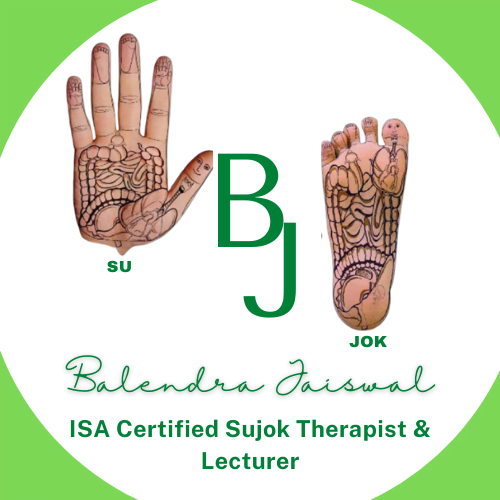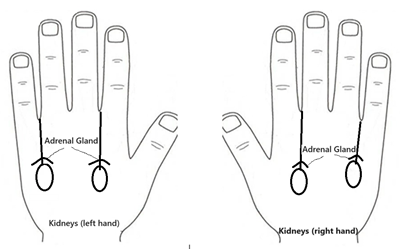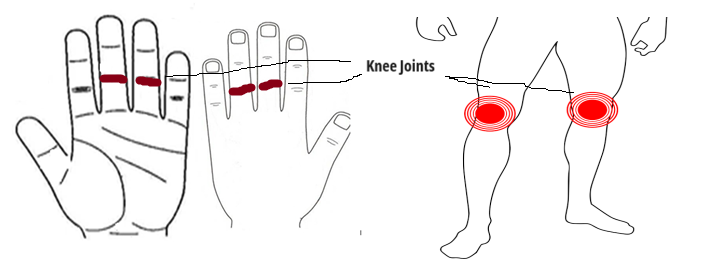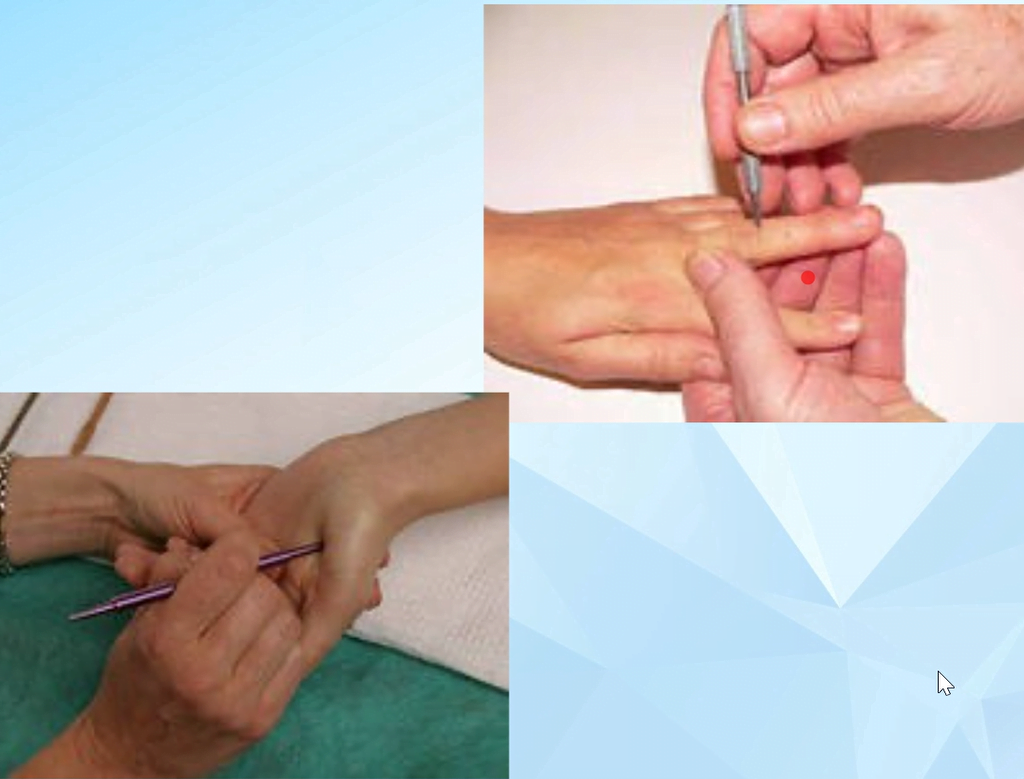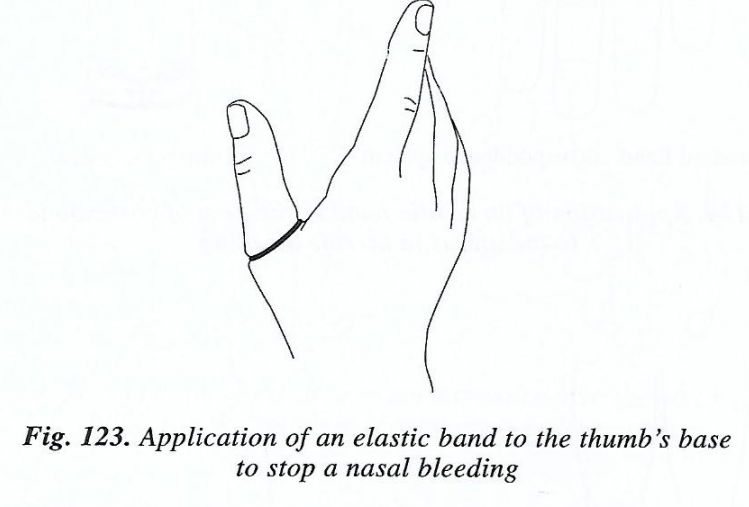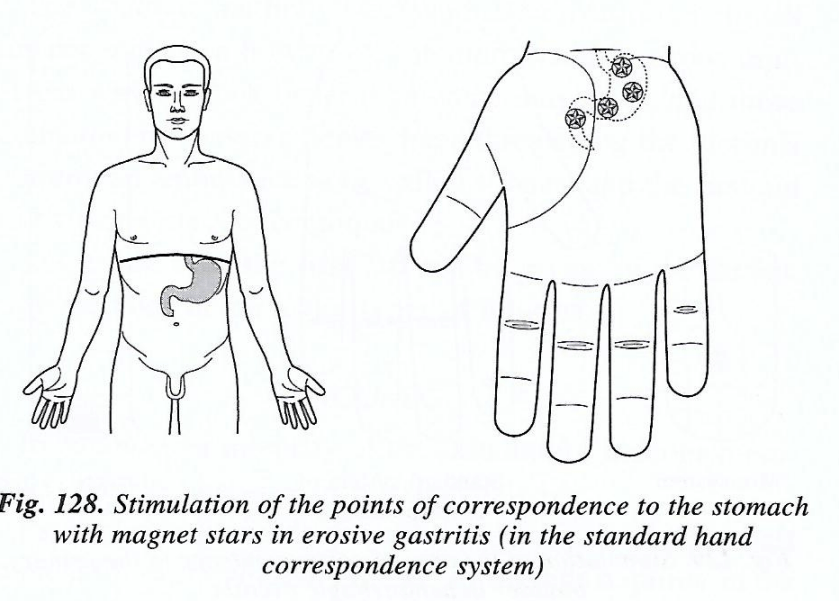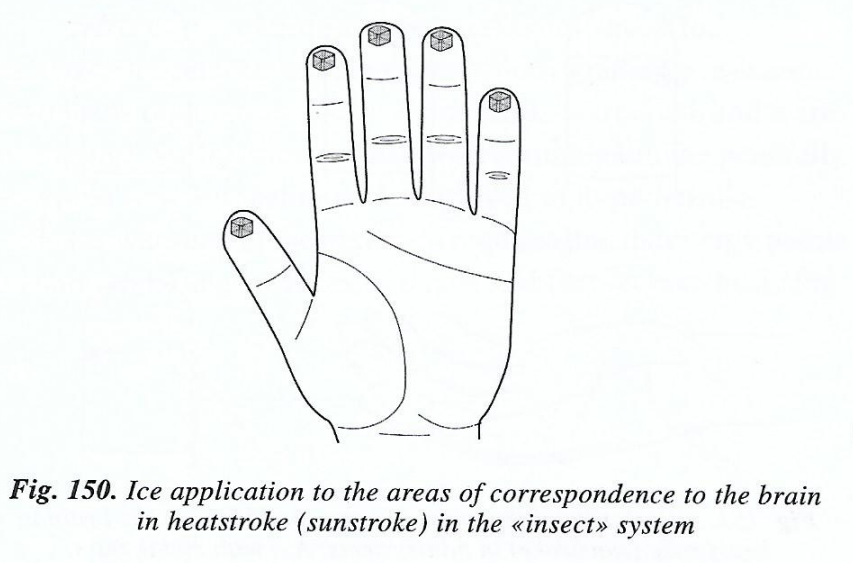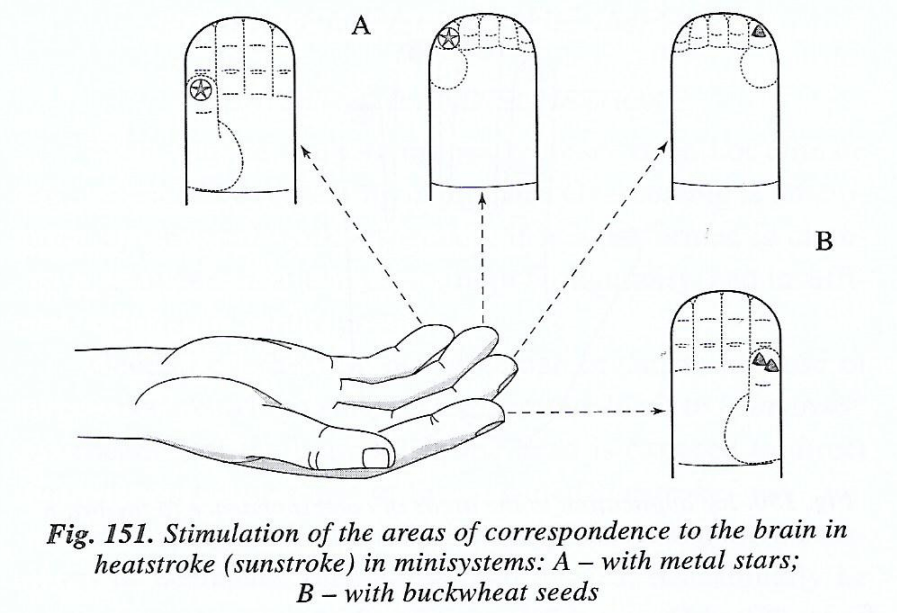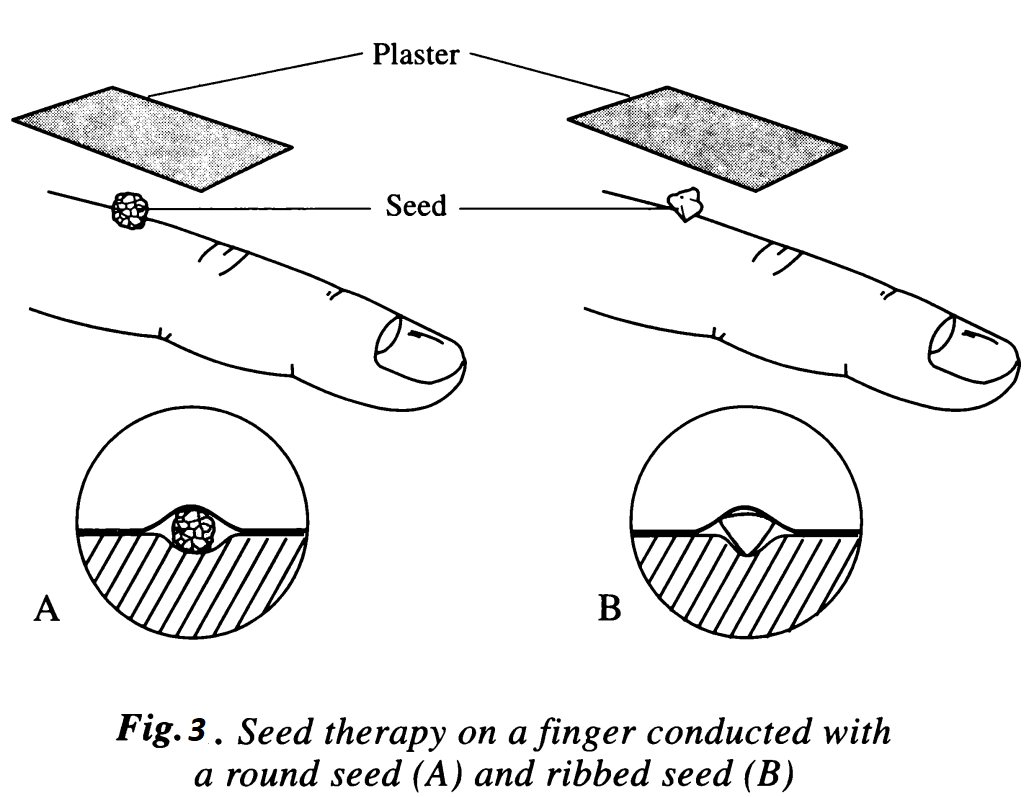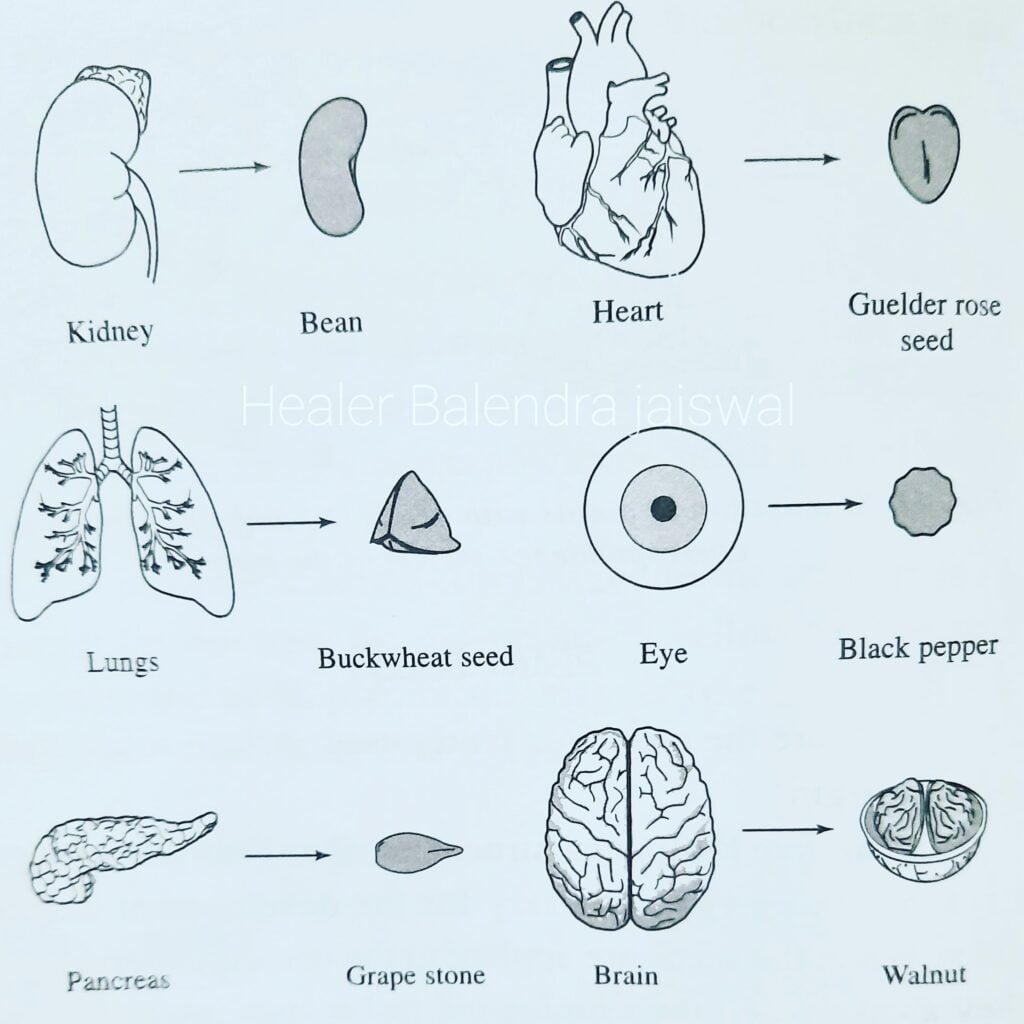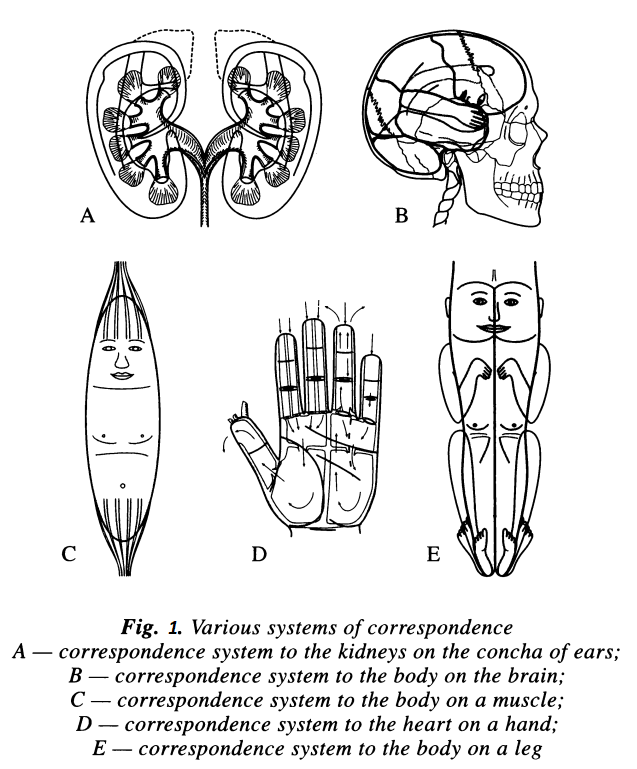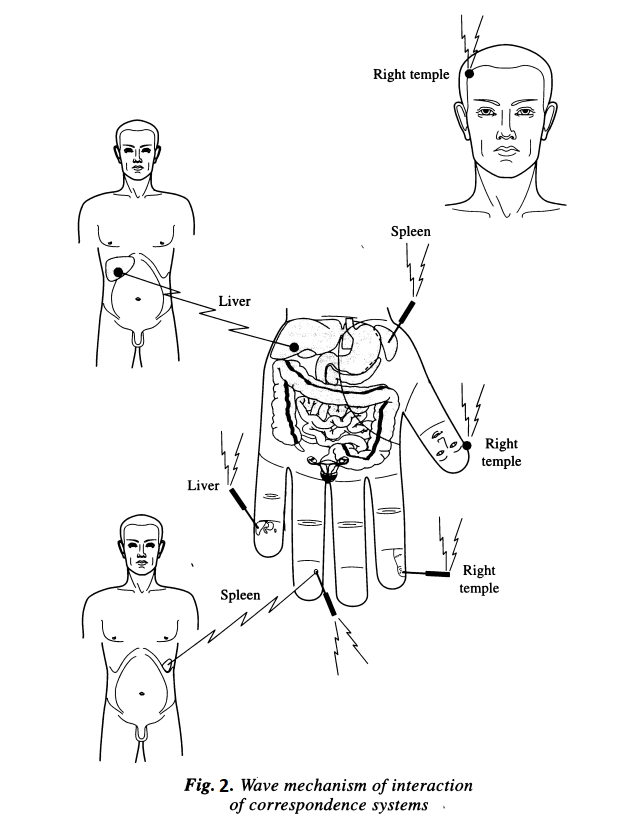Introduction: Sujok Therapy for Irregular/Painful Periods
Every woman understands the discomfort that comes with menstrual periods, often referred to as critical days. From abdominal pain to backaches, these moments can be challenging. Discover some easy SuJok therapy methods to navigate through these uneasy periods and alleviate the pain associated with menstruation.
Finding the Right Points: Sujok Therapy for Irregular/Painful Periods
Locating points for stimulation to ease lower abdominal pain involves focusing on correspondences to the uterus, ovaries, and pituitary body. These points are conveniently located in the hand and foot standard correspondence systems and the insect system. In the mini system, look for the uterus and ovaries correspondence points, particularly on the second and fifth fingers, in the middle of the nail phalanx.
Alleviating Menstrual Pains:
Massage Technique: Once you’ve identified the tender correspondences, use your fingers or a diagnostic stick for an energetic, painful massage. Typically, pain subsides within 3 to 5 minutes.

Scanty Discharge: For pains related to scanty discharge, warm the correspondence points with moxa, especially effective on the feet. After warming, use metal or magnet stars as surface applicators, or apply seeds like apple, pear, grape, garden radish, beet, or dog-rose. Cover the tender points or the entire correspondence area. Additionally, covering the uterus and ovaries correspondence area with red or orange color can be beneficial.

Profuse Discharge: If dealing with profuse discharge, apply ice to the uterus projection area for 10 to 15 minutes or color the correspondence points black. Avoid warming the correspondences to the uterus and ovaries in this case.

Vertebral Column Stimulation: Use an elastic ring to stimulate vertebral column correspondence points. Roll it along a finger, massage the lumbar section thoroughly, and place seeds or stars on the most tender points.
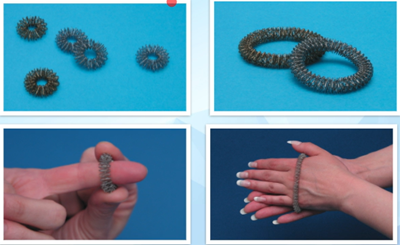
Massage Ball: A massage ball with sharp spikes can be helpful. Rolling it in your palms not only alleviates pain but also provides a calming effect.

Daily Energy Points Warming: To reduce irritability and enhance mood during menstruation, warm the energy points on the Yin-surfaces of your hands and feet daily.

Preventive Measures:
For those experiencing constant pain and low spirits during menstruation, start warming both the correspondence points of the uterus and ovaries, and the energy points 2 or 3 days before the critical days begin.
By incorporating these simple SuJok therapy techniques, you can find relief and improve your well-being during menstrual periods.
FAQs (Frequently Asked Questions) about Simple SuJok Therapy Tips for Relieving Menstrual Discomfort
Q1: What is SuJok Therapy, and how can it help in relieving menstrual discomfort?
SuJok Therapy is a holistic healing approach that involves stimulating specific points on the hands related to different body organs. In the context of menstrual discomfort, SuJok therapy targets points corresponding to the uterus, ovaries, and pituitary body to alleviate pain and discomfort associated with menstruation.
Q2: How can I locate the key points for menstrual discomfort relief in SuJok Therapy?
The key points for menstrual discomfort relief are located in correspondence to the uterus, ovaries, and pituitary body. These points can be found in the hand and foot standard correspondence systems, as well as the insect system. In the mini system, focus on the second and fifth fingers, specifically in the middle of the nail phalanx.
Q3: What are the recommended techniques for alleviating menstrual pains using SuJok Therapy?
SuJok Therapy for menstrual pains involves an energetic, painful massage of the tender correspondences using fingers or a diagnostic stick. For scanty discharge, warm the points with moxa and apply metal or magnet stars, or use seeds like apple, pear, grape, garden radish, beet, or dog-rose. For profuse discharge, apply ice to the uterus projection or color the correspondence points black. Vertebral column stimulation with an elastic ring and the use of a massage ball are also beneficial.
Q4: How long does it take to experience relief from menstrual pains with SuJok Therapy?
Results may vary, but with consistent daily practices, individuals may begin to experience relief from menstrual pains. The effectiveness of the therapy can often be noticed within 3 to 5 minutes of the energetic massage.
Q5: Can SuJok Therapy be used as a preventive measure for menstrual discomfort?
Yes, for those experiencing constant pain and low spirits during menstruation, starting to warm both the correspondence points of the uterus and ovaries, along with the energy points, 2 or 3 days before the critical days begin, can serve as a preventive measure.
Q6: Are there any specific colors or materials recommended for SuJok Therapy during menstruation?
For profuse discharge, it is recommended to avoid warming the correspondences to the uterus and ovaries. Additionally, covering the uterus and ovaries correspondence area with red or orange color can be beneficial. The use of metal or magnet stars, seeds, and specific colors enhances the therapeutic effects of SuJok Therapy.
Q7: Can SuJok Therapy be practiced daily, and are there any specific times recommended?
Yes, SuJok Therapy can be practiced daily, and devoting approximately half an hour a day, especially in the evening, is suggested. Warming up energy points on the Yin-surfaces of hands and feet daily can also contribute to reducing irritability and enhancing mood during menstruation.
Q8: Is SuJok Therapy safe for everyone, including those experiencing menstrual discomfort?
SuJok Therapy is generally considered safe for most individuals. However, as with any alternative therapy, it is advisable to consult with a healthcare professional, especially if there are underlying health conditions or concerns related to menstrual discomfort.
